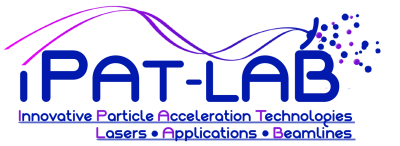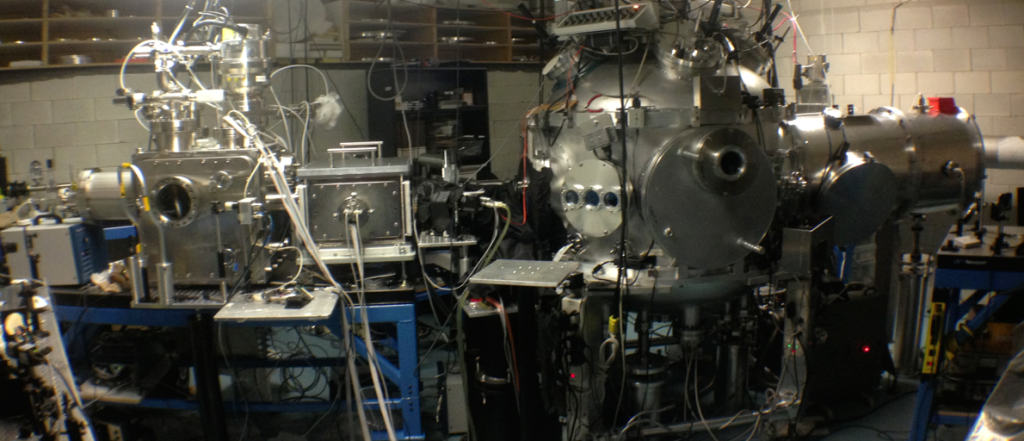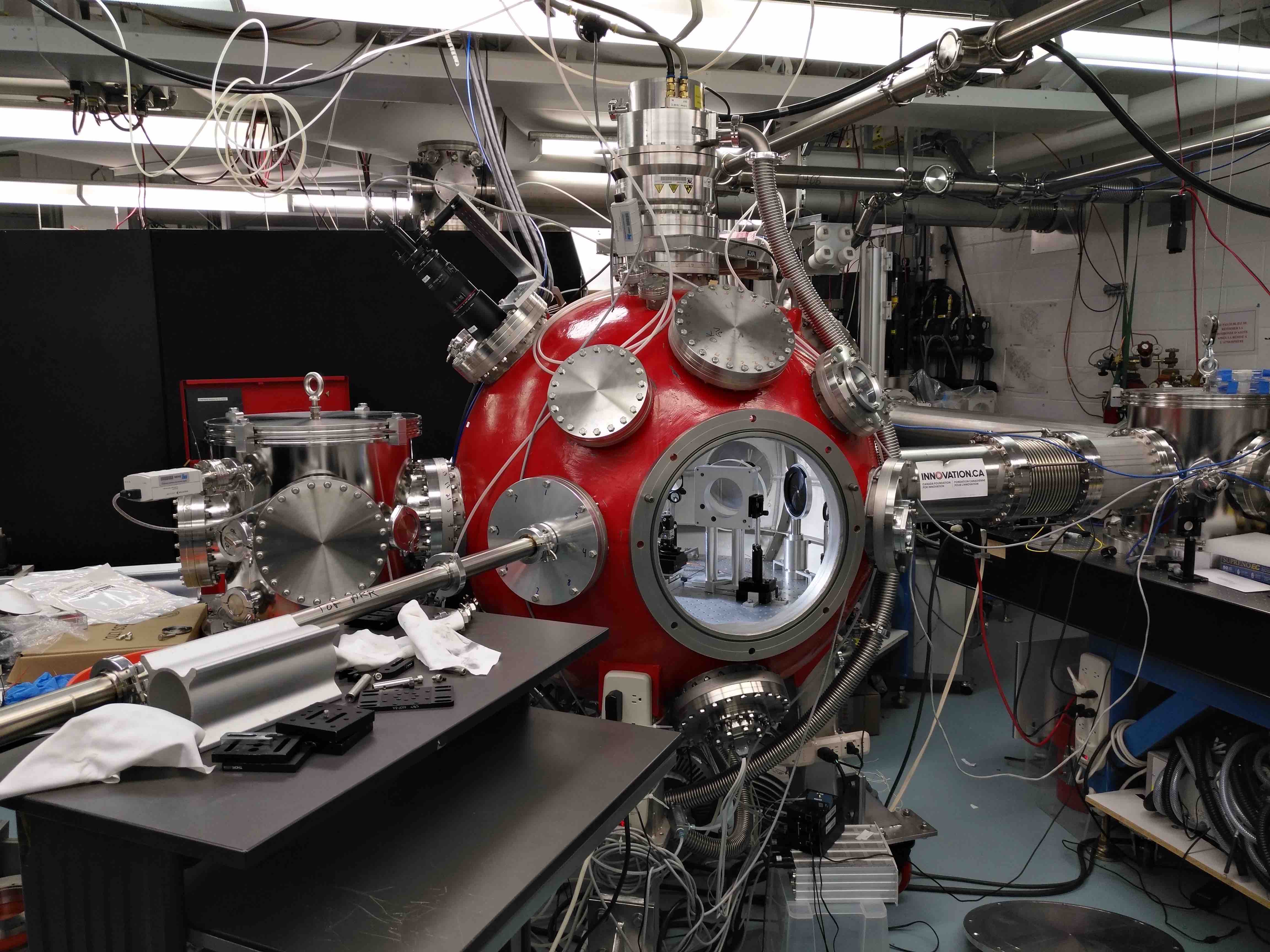Our group works on different facilities and with diverse equipment in order to optimize the efficiency of the research. We try to always perform experiments and do measurements with the most appropriate and state of the art equipment. Most of our experiments are performed on the Advanced Laser Light Source (ALLS) laser beamline located at the INRS-EMT center in Varennes (Canada) (see below). However, we perform also experiments on the LULI laser in France (Palaiseau, near Paris), the TITAN Laser in the USA (Livermore, near S. Francisco) and other facilities.
The ALLS (Advanced Laser Light Source) is a unique infrastructure of international caliber located in Quebec (Canada), providing the user with a variety of intense ultrafast laser sources. The facility, representing an investment of >20 M$, consists of several beamlines, a high-intensity laser beamline (200 TW, 5 J in 25 fs, 10 Hz) generating on target intensities of 1020 W/cm2 and a high-repetition rate beamlines (300/100/4 mJ, 10/100 Hz/2.5 kHz, 25 fs) equipped with frequency conversion devices.
Opened in 2005, the facility has generated strong scientific impact, produced by a vast number of international researchers coming from all over the world. It trained over a hundred graduate students and tens post-doctoral fellows. ALLS drives strong technology transfer as witnessed by several spin-off companies located around the facility. The infrastructure is also interlinked in the international scenario with many collaborations to other facilities such as the Canadian-Light-Source, ComputeCanada, LMN-INRS-Canada, Extreme-Light-Infrastructure (ELI), PETAL (France), Italian-Institute-of-Technology (Cleanroom-infrastructure), SLAC, Sincrotrone di Trieste, Laurence-Livermore-National-Laboratory (JLF), SOLEIL (France), FORTH (Crete, Greece). The facility is upgrading its intensity capability thanks to further funding (~4 M$).
The infrastructure opens the door to explore the potential of dynamic imaging of atomic, molecular and condensed matter systems and provides a unique tool to explore the fundamental questions of physics and chemistry. Among them are medical high-resolution imaging for mammography and particle acceleration for future medical therapy, micro machining and material processing, as well as applications for security and defense, telecommunication and information.
For that, the facility hosts several beamlines and dedicated experimental chambers (some of them currently in setup);
1) Laser-driven electron acceleration with coupling to a conventional undulator for Free Electron Laser radiation generation.
2) Laser-driven proton acceleration and related applications
3) High-on-target intensity for experiments linked to Quantum ElectroDynamics (QED)
4) THz generation experiments
5) Vacuum systems for high harmonic generation experiments
6) Intense tuneable mid-infrared laser pulses (ex: 10 mJ, 50 fs at 2 microns and 100 Hz)
7) Few-cycle laser pulses in the near and mid-infrared spectral ranges
8) Laser induced Coulomb Explosion Imaging for ultrafast molecular experiments
The infrastructure is located within a multidisciplinary campus hosting several complementary laboratories performing research in nanomaterial, biochemistry, nanotechnology, material science etc. Technical support is provided on site. The center therefore offers a fertile basis for cross-linked research applications and offers a dynamic and stimulating working environment.


